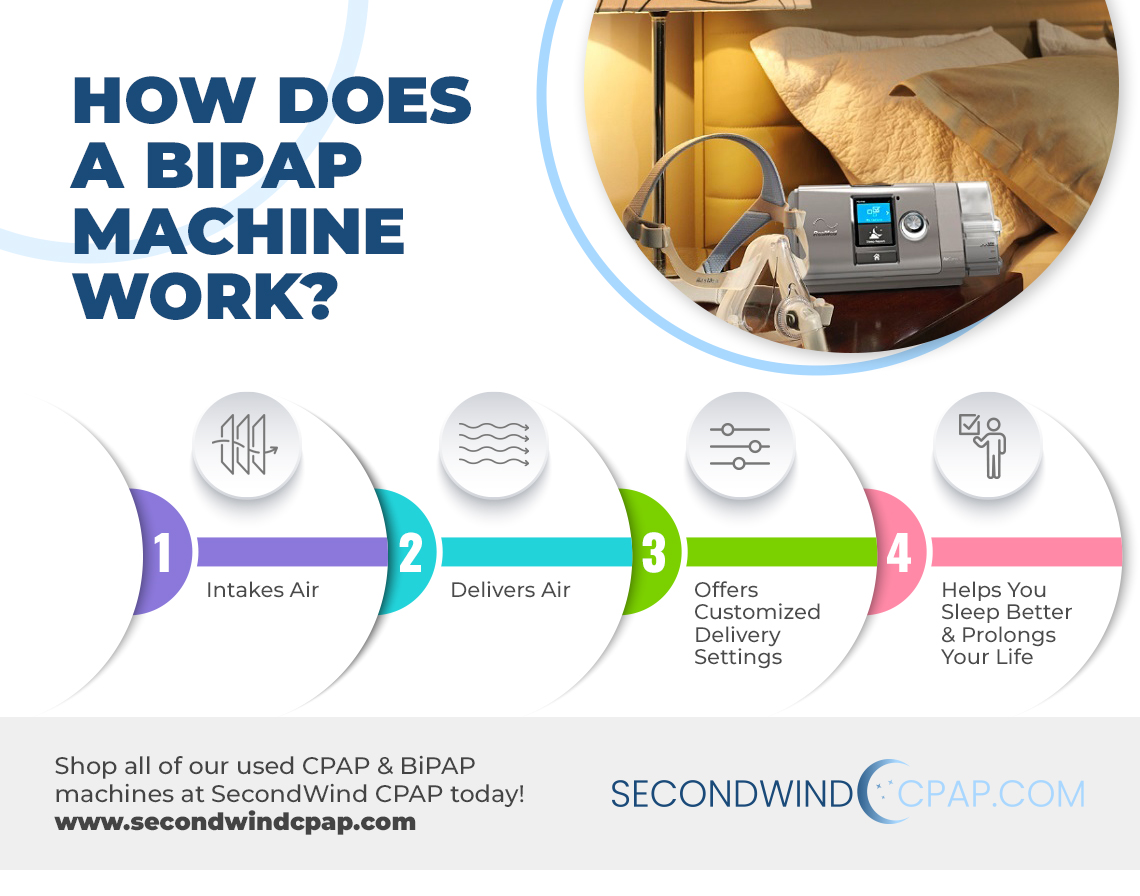Bilevel Positive Airway Pressure (BiPAP)

Bilevel Positive Airway Pressure (BiPAP): Overview, Mechanisms, and Applications
Bilevel Positive Airway Pressure (BiPAP), also known as Biphasic Positive Airway Pressure, is a form of non-invasive ventilation that assists breathing by delivering two different levels of air pressure: a higher pressure during inhalation (IPAP) and a lower pressure during exhalation (EPAP). This method is used to help individuals who can breathe independently but struggle with maintaining adequate oxygenation or removing carbon dioxide. Below is a detailed overview of BiPAP, including its mechanisms, benefits, and applications.
Mechanisms of BiPAP
Pressure Levels:
- Inspiratory Positive Airway Pressure (IPAP): Higher pressure during inhalation helps open the airways and facilitate airflow into the lungs.
- Expiratory Positive Airway Pressure (EPAP): Lower pressure during exhalation keeps the airways open, preventing collapse and ensuring easier exhalation.
Spontaneous Breathing:
- BiPAP allows for spontaneous breathing, meaning patients can breathe independently at any time during the ventilation cycle. The machine synchronizes with the patient’s respiratory rate if they initiate breaths on their own[1][2].
Benefits of BiPAP
Non-Invasive:
- Delivers air through a mask without the need for invasive tubes, reducing discomfort and complications associated with intubation.
Flexibility:
- Suitable for a wide range of respiratory conditions, including chronic obstructive pulmonary disease (COPD), sleep apnea, and acute respiratory distress syndrome (ARDS).
Efficient Lung Function:
- Enhances lung recruitment by keeping airways open, improving oxygenation and reducing the work of breathing[6][8].
Applications of BiPAP
Emergency and Intensive Care:
- Used in emergency situations to provide rapid respiratory support without invasive procedures.
- Commonly prescribed for managing chronic respiratory conditions like COPD and central sleep apnea at home[3][7].
Sleep Disorders:
- Effective for treating sleep apnea when CPAP is not tolerated or when there are complex breathing patterns requiring different inspiratory and expiratory pressures[5][7].
Comparison with CPAP
Pressure Settings:
- CPAP delivers a constant pressure throughout the breathing cycle, whereas BiPAP uses two different pressures for inhalation and exhalation.
Patient Comfort:
- BiPAP is often preferred by patients who find CPAP uncomfortable due to the constant pressure, as it provides a lower pressure during exhalation, making breathing out easier[5][7].
Conclusion
BiPAP is a versatile and effective non-invasive ventilation method that offers significant benefits for patients with respiratory conditions by providing adjustable pressure levels to enhance lung function and comfort. Its applications span both acute and chronic settings, making it a valuable tool in respiratory care.
Consult with Our Team of Experts Now!
At DrStemCellsThailand (DRSCT)‘s Anti-Aging and Regenerative Medicine Center of Thailand, we emphasize comprehensive evaluations and personalized treatment plans of Cellular Therapy and Stem Cells for managing various health conditions. If you have questions about Bilevel Positive Airway Pressure (BiPAP) or would like more information on our services, consult with our experts today!
Consult with Our Team of Experts Now!
References
- WEINMANN Emergency: BIPAP Ventilation
- Vejthani Hospital: Bilevel Positive Airway Pressure
- Stanford Health Care: BiLevel Positive Airway Pressure
- StatPearls: Positive Pressure Ventilation
- Johns Hopkins Medicine: BiPap
- Wikipedia: Positive Airway Pressure
- Cleveland Clinic: BiPAP Machine
- ScienceDirect: Bilevel Positive Airway Pressure















